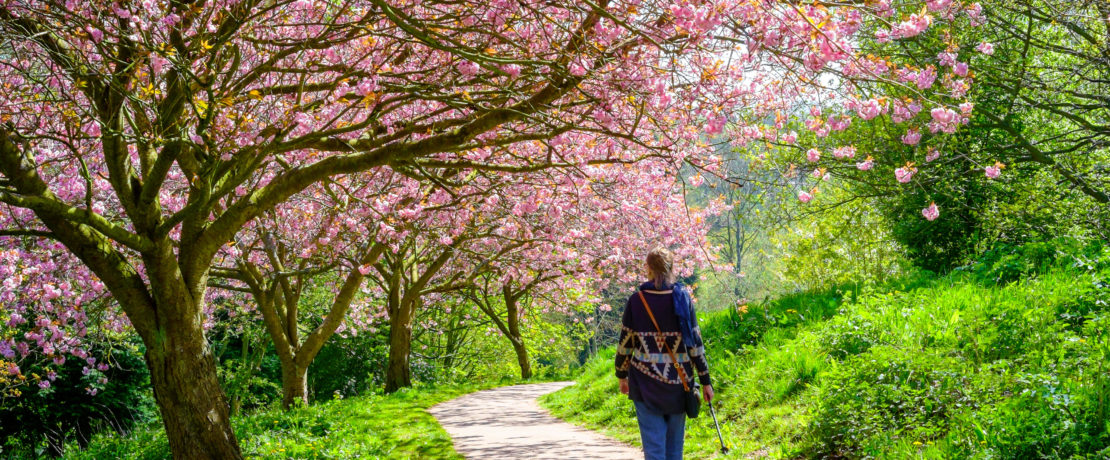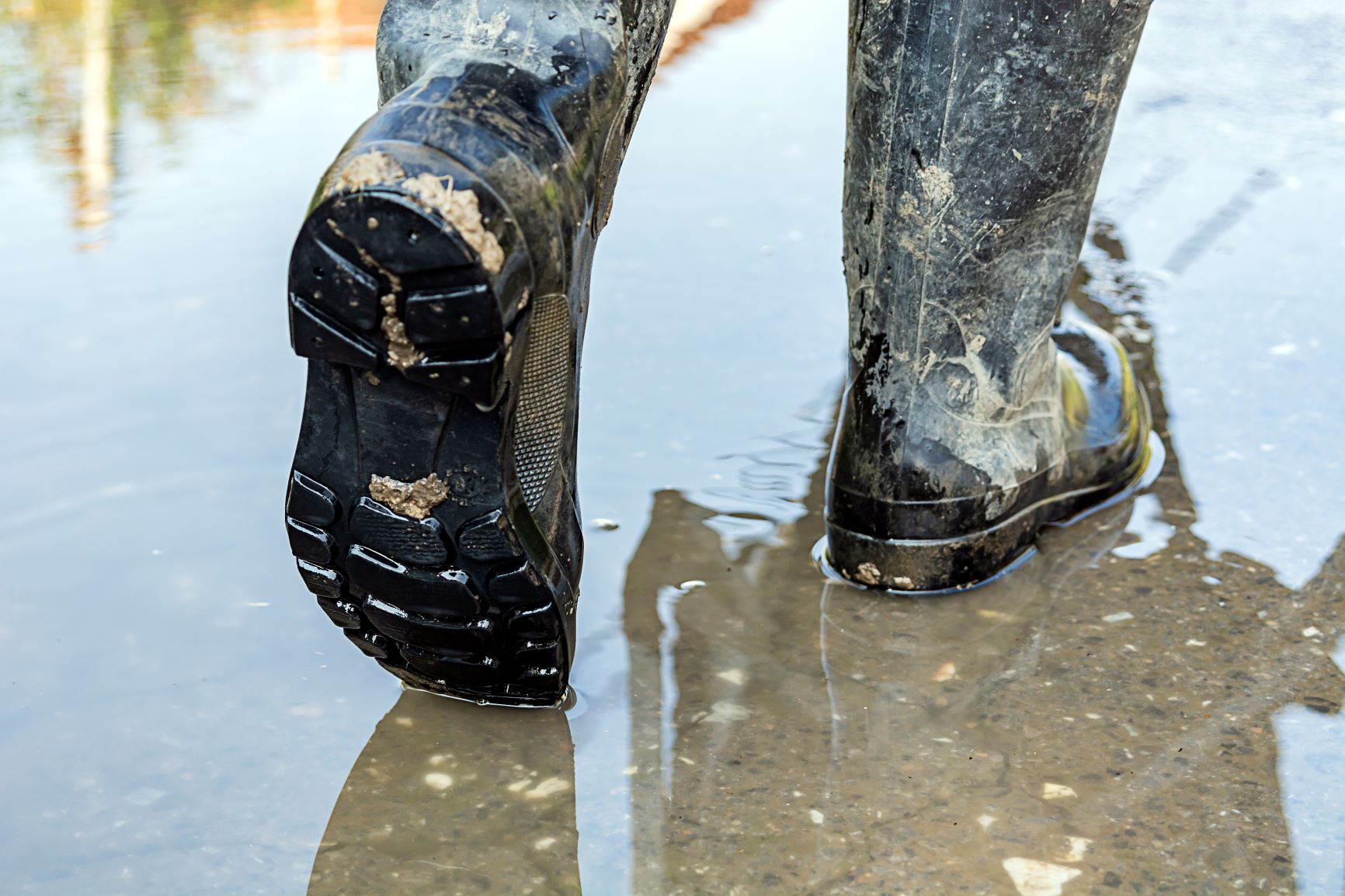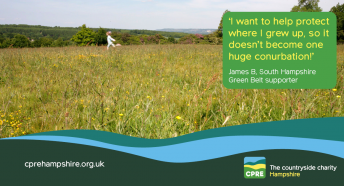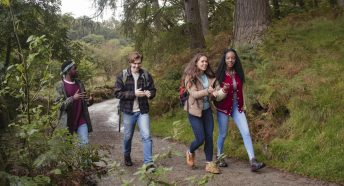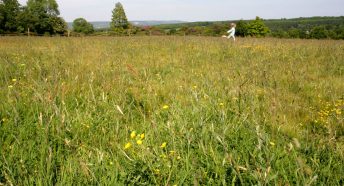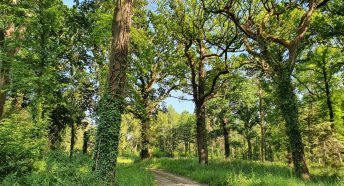Protect urban green space says CPRE
New ‘Local Green Space report’ out now
Designated ‘Local Green Spaces’ are small parcels of land, close to where people live, that are demonstrably special to their community. This could be for reasons that can include their beauty, historical significance, recreational value, tranquility or richness of wildlife. It is a neighbourhood planning tool with unique power, because it implies being valued by local people is, in itself, a strong enough reason to protect small patches of green space.
CPRE’s recent report has looked at the untapped potential ‘Local Green Spaces’ has to level up access to nature for people living in our towns and cities, by giving local parks the same sorts of protection from development as national parks. A little known yet powerful rule, within the National Planning Policy Framework, allows local communities to ringfence their recreation grounds, community gardens, fields popular with dog walkers and other locally valued green spaces from development.
New research by CPRE has, for the first time, mapped the total number of Local Green Spaces protected. Over 6,500 have been created since 2012, often to protect valued land on the edge of villages. But the research shows that inner cities and densely populated urban areas, which are more likely to be populated by poorer communities and people of colour, are the least likely to have benefited. Wealthier parts of the south and Midlands had most Local Green Space designations, while the poorest regions in the north had the least. This makes it an important mechanism for levelling up and much more needs to be done to help all communities, preserve their last, and often only, patches of green. CPRE is calling on the government to encourage all local authorities to promote the use of the Local Green Space designation as widely as possible.
For more information, take a look at the full report.
